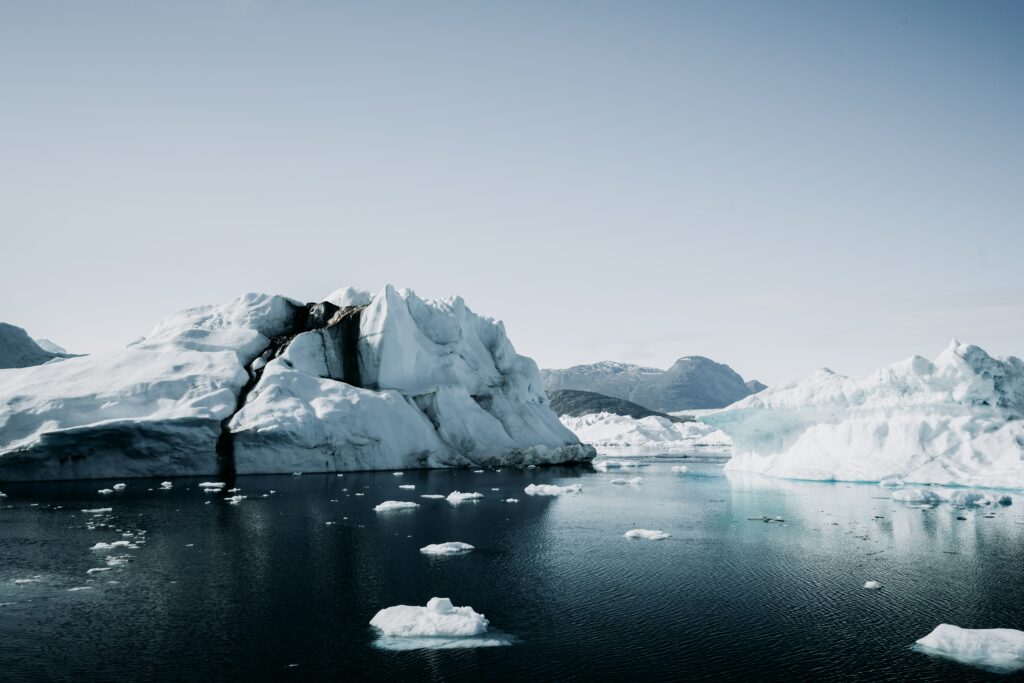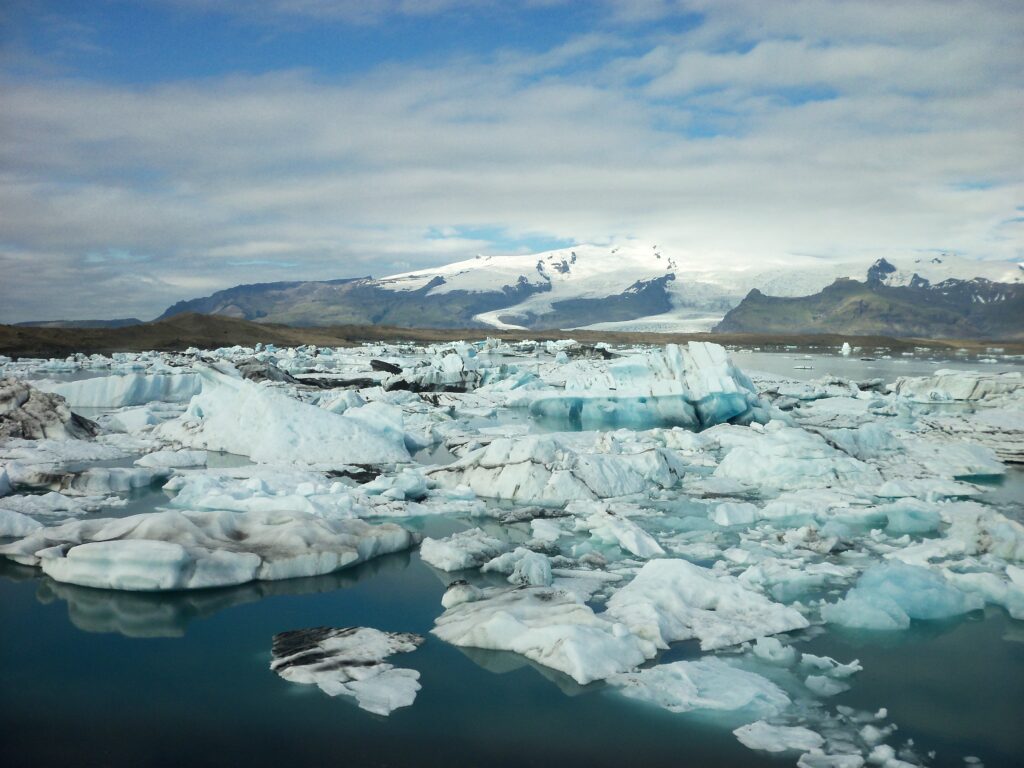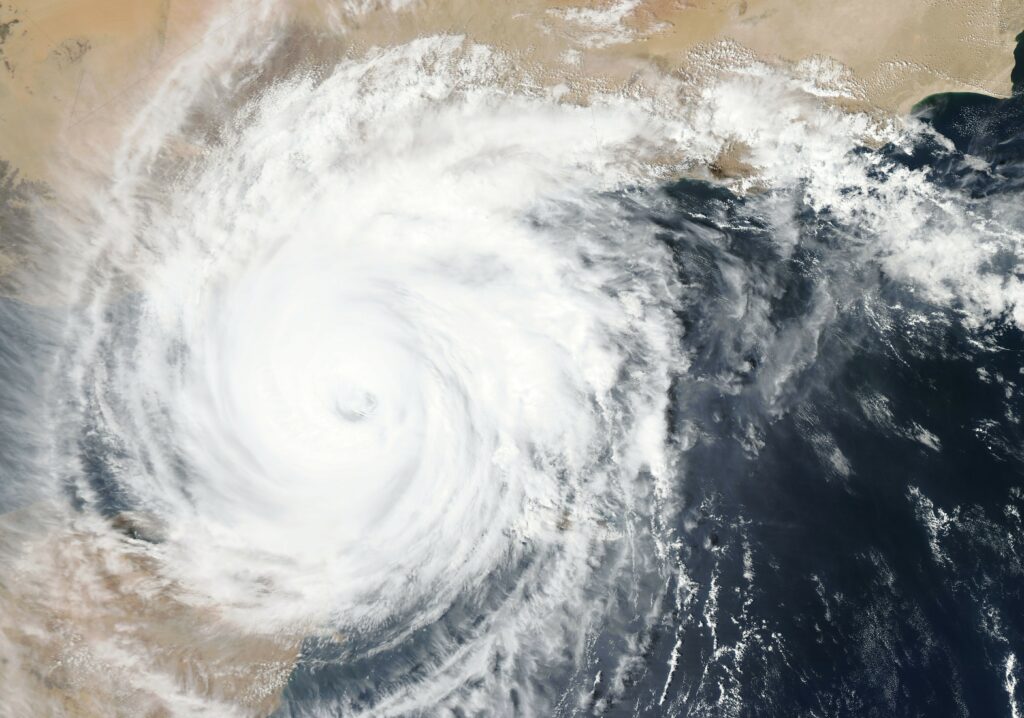Artificial intelligence to predict Arctic sea ice loss

Sea ice, a vast layer of frozen seawater that appears at the north and south poles, is notoriously difficult to forecast because of its complex relationship with the atmosphere above and the ocean below. The sensitivity of sea ice to rising temperatures has caused the summer Arctic sea ice area to halve in the last four decades, these accelerated changes have dramatic consequences for our climate, for Arctic ecosystems and for indigenous and local communities whose livelihoods are tied to the seasonal cycle of sea ice.
A new AI (artificial intelligence) tool will allow scientists to more accurately predict Arctic sea ice conditions months in advance, this improved prediction could serve as the basis for new early warning systems that protect wildlife from the Arctic and coastal communities from the impacts of sea ice loss.

Called IceNet, this system addresses the challenge of producing accurate Arctic sea ice forecasts for the upcoming season, something scientists have eluded for decades. It has the potential to fill an urgent gap in sea ice forecasting for Arctic sustainability efforts, and it works thousands of times faster than traditional methods.
The new sea ice forecast framework fuses satellite sensor data with climate model output in a way that traditional systems simply could not achieve. Unlike conventional forecasting systems that try to directly model the laws of physics, the authors designed IceNet based on a concept called deep learning. Using this approach, the model learns how sea ice changes from thousands of years of climate simulation data, along with decades of observational data to predict the extent of Arctic sea ice months into the future.





Responses